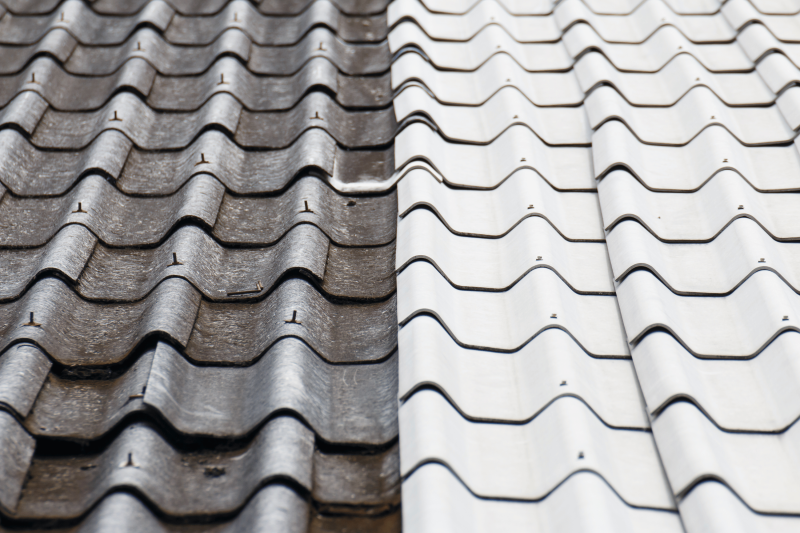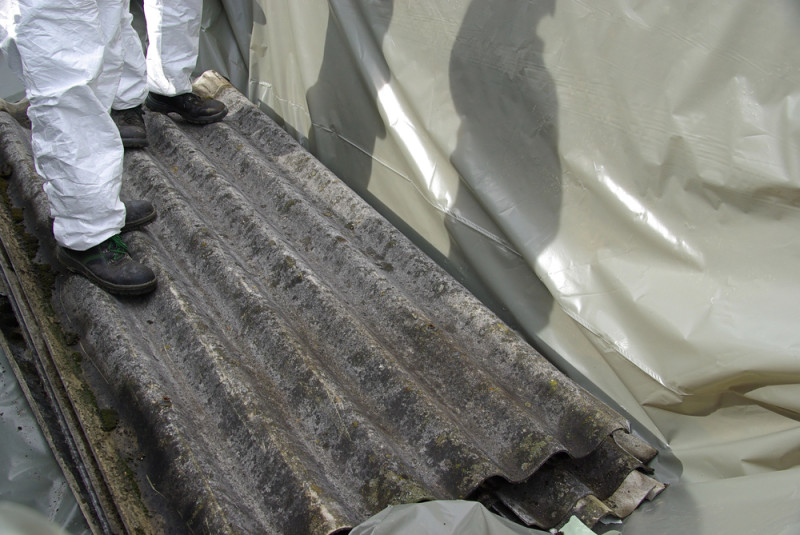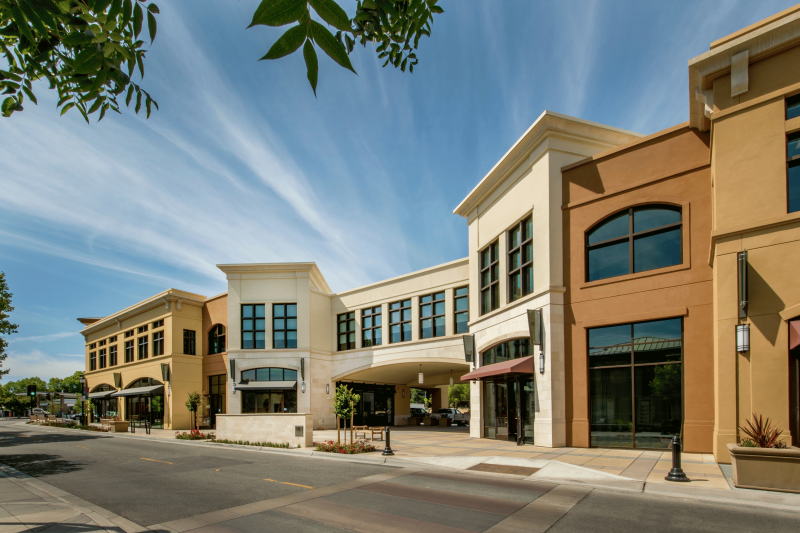Asbestos floor tiles were a popular choice for residential and commercial spaces during the mid-20th century due to their durability, affordability, and fire-resistant properties. However, asbestos flooring poses significant health risks if disturbed, as it contains asbestos fibres that can become airborne and lead to serious illnesses. This blog discusses the risks associated with asbestos tile removal, how to identify asbestos in vinyl flooring, and why professional asbestos removal services are the safest choice.
Jump to section:
- Brief history of asbestos floor tiles
- Why is asbestos dangerous?
- How to tell If you have asbestos floor tiles
- Is it safe to remove asbestos floor tiles yourself?
- Consequences of improper asbestos removal
- Steps for professional asbestos removal
- Flooring options to replace asbestos tiles with
- Why choose Rapid Asbestos Removals?
- FAQs about asbestos floor tiles
Do you have old asbestos flooring that needs to be removed? Get in touch with us a Rapid for fast and reliable removal today.
Brief history of asbestos floor tiles
Asbestos was widely used in building materials, including vinyl flooring and linoleum, from the 1920s to the 1990s. Asbestos floor tiles were often mixed with other materials to create durable and heat-resistant surfaces. These tiles were commonly found in homes, schools, and offices.
Asbestos in vinyl flooring and linoleum was particularly popular due to its resistance to wear and moisture. However, when these materials are damaged or disturbed, they can release microscopic asbestos fibres into the air, creating a health hazard. Asbestos vinyl flooring, in particular, poses significant risks during installation and maintenance, and when the flooring is damaged, professional evaluation and removal are necessary for safety.
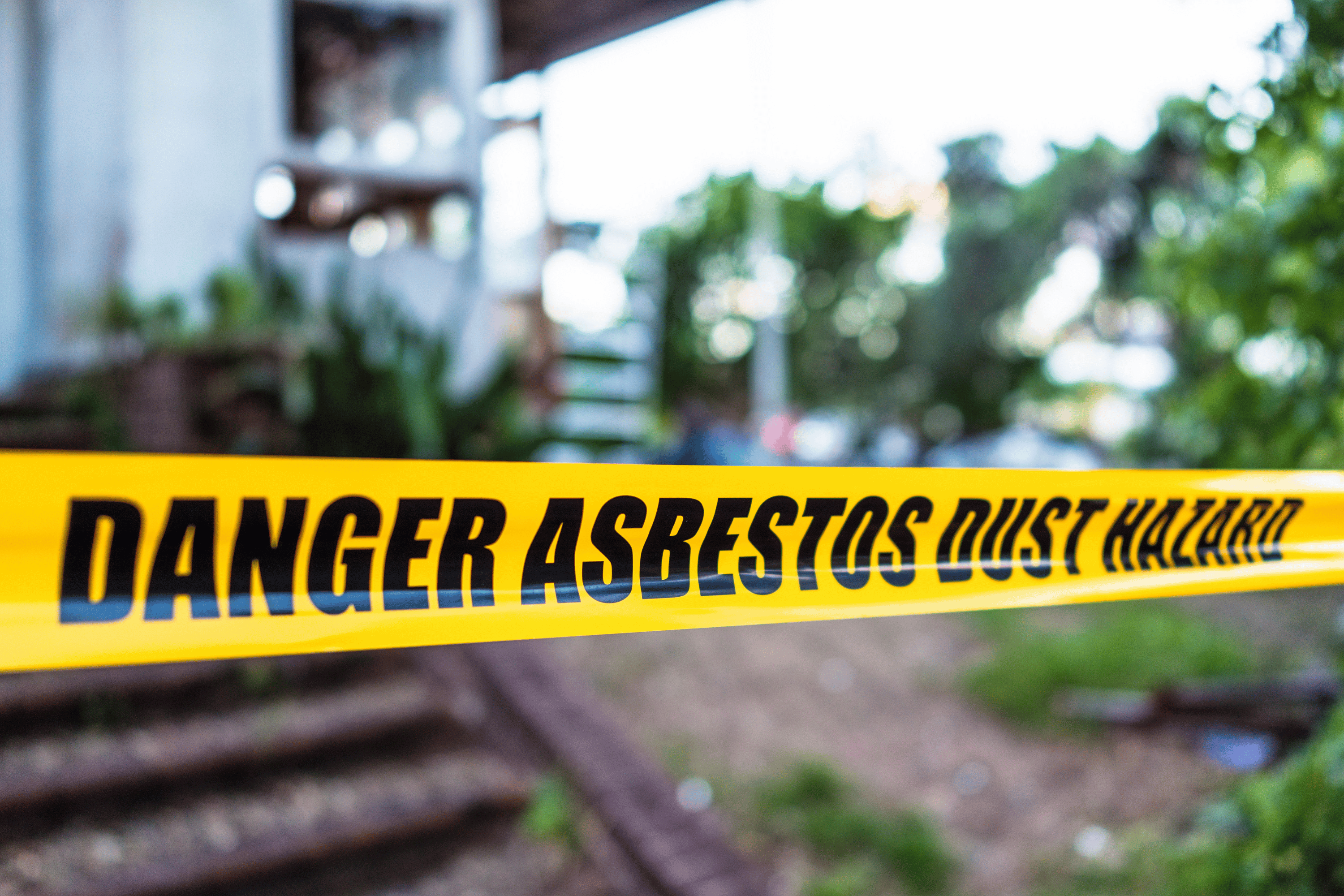
Why is asbestos dangerous?
Exposure to asbestos fibres can cause severe health conditions, including:
- Asbestosis: A chronic lung disease caused by inhaling asbestos fibres, leading to scarring of lung tissue.
- Mesothelioma: A rare and aggressive cancer that affects the lining of the lungs, abdomen, or heart.
- Lung Cancer: Prolonged asbestos exposure increases the risk of lung cancer.
The dangers of asbestos lie in its ability to release fibres when disturbed. Activities such as cutting, sanding, or breaking asbestos-containing materials can cause fibres to become airborne, where they can be inhaled. Friable asbestos materials pose a greater health risk because they can release toxic fibres into the air when disturbed.
You may also like our blog on What Is Mesothelioma: The Dangers and Causes of Mesothelioma
How to tell If you have asbestos floor tiles
Identifying asbestos in lino, vinyl flooring, or tiles can be challenging, especially when dealing with asbestos vinyl products. Here are some tips to help:
- Age of the flooring: Asbestos floor tiles were most commonly installed between the 1920s and 1990s. If your home or building was constructed during this period, there’s a chance asbestos is present.
- Tile size: Many asbestos vinyl tiles were manufactured in 9×9, 12×12, or 18×18-inch sizes. If your tiles match these dimensions, they might contain asbestos.
- Appearance and patterns: Asbestos vinyl tiles often feature distinctive patterns, such as speckled or marbled designs. However, not all patterned tiles contain asbestos, so further testing is essential.
- Inspection: Schedule an asbestos inspection by a licensed asbestos removal specialist to ensure accurate identification and safety.
Is it safe to remove asbestos floor tiles yourself?
The short answer is no. Attempting to remove asbestos floor tiles on your own is extremely risky. Professional involvement is crucial to prevent asbestos exposure during removal. Here’s why:
- Risk of fibre release: Even minor disturbances can release asbestos fibres into the air.
- Specialised equipment required: Safe removal requires protective gear and specialised equipment, which is not typically available to the average homeowner.
- Health risks: Improper removal methods can expose you and others to harmful fibres, seriously risking your health.
Consequences of improper asbestos removal
Improper removal of asbestos-containing floor tiles can lead to severe consequences, primarily due to the release of asbestos fibres into the air. Inhalation of these fibres can cause serious health issues, including lung cancer, mesothelioma, and asbestosis. Beyond personal health risks, improper removal can contaminate the surrounding environment—soil, water, and air—and threaten the broader community. This underscores the necessity of hiring certified asbestos removal professionals who can ensure the safe and proper handling of these hazardous materials.
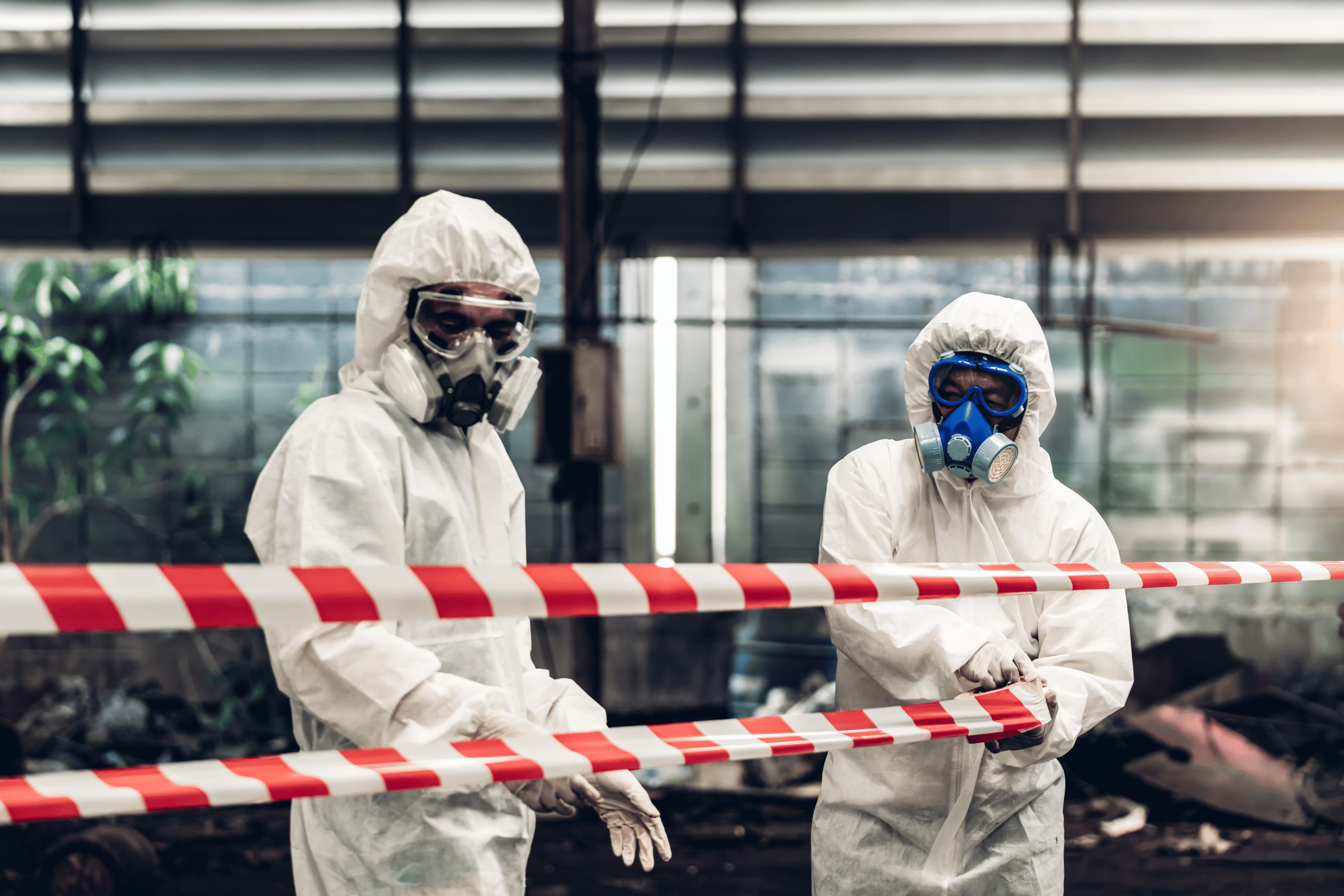
Steps for professional asbestos removal
If you suspect asbestos in vinyl flooring or linoleum in your home or workplace, follow these steps for professional asbestos removal of asbestos materials:
- Hire a licensed asbestos removal company: A professional team like Rapid Asbestos Removals has the expertise and equipment to safely handle asbestos removal.
- Asbestos inspection: A certified inspector will assess the materials to confirm the presence of asbestos.
- Safe removal process: Professionals use specialised techniques to minimise fibre release, including wetting the tiles and sealing the area.
- Proper disposal: Asbestos waste must be disposed of at licensed facilities to comply with local regulations.
- Post-removal testing (if required): Air quality tests ensure the area is asbestos contamination-free.
Flooring options to replace asbestos tiles with
Several modern alternatives offer safety, durability, and aesthetic appeal if you’re considering replacing your asbestos-containing floor tiles.
- Vinyl flooring is a popular choice, known for its durability, ease of cleaning, and variety of styles.
- Ceramic tiles are another excellent option, offering benefits similar to those of various designs.
- Laminate flooring provides a cost-effective solution, combining durability with easy installation.
- Lastly, hardwood flooring remains a timeless choice, celebrated for its longevity and classic look.
When selecting a new flooring material, prioritise safety, durability, and maintenance to ensure a wise investment.
Why choose Rapid Asbestos Removals?
At Rapid Asbestos Removals, we specialise in safe, efficient, and compliant asbestos removal services, including asbestos vinyl products. Our team is fully licensed and experienced in handling asbestos linoleum, vinyl tiles, and other hazardous materials. We prioritise your safety and ensure that every step of the process adheres to strict industry standards.
Our services include:
- Comprehensive asbestos inspections
- Professional removal of asbestos floor tiles and other asbestos-containing materials
- Safe disposal and post-removal air monitoring (if required)
Contact us today to schedule a consultation and ensure your home or workplace is asbestos-free.
Choose Rapid for asbestos tile removal
Asbestos in linoleum, vinyl sheet flooring, vinyl flooring, and tiles is a serious health concern that requires professional handling. Attempting DIY removal can put you and others at risk. Trust experts like Rapid Asbestos Removals to manage the process safely and effectively.
Get in touch today for more information or to schedule an asbestos inspection.
FAQs about asbestos floor tiles
Yes, covering asbestos tiles with a new layer of flooring can encapsulate the asbestos and prevent fibre release. However, professional advice is recommended to ensure safety.
The cost to remove asbestos floor varies depending on the size of the area and the complexity of the removal process. Contact Rapid Asbestos Removals for a personalised quote.
Asbestos tiles in good condition and left undisturbed typically pose minimal risk. The danger arises when the tiles are damaged or disturbed.
Vinyl floor tiles, especially those installed before the 1990s, may contain asbestos. Check the age, size, and pattern of the flooring, and consider professional testing for a definitive answer.
If you’ve removed asbestos tiles without proper precautions, seek medical advice and have your property inspected for contamination.
